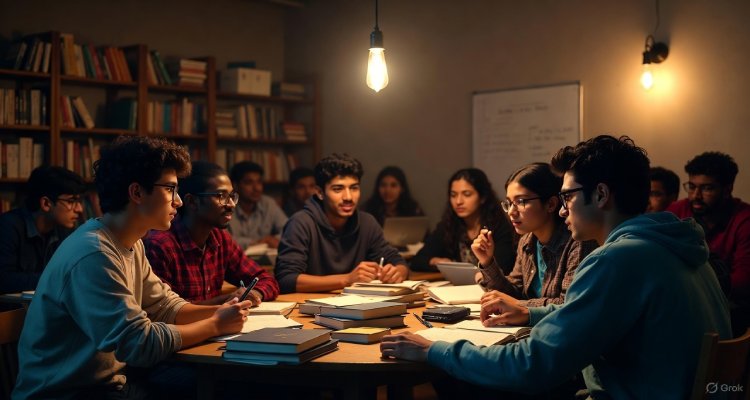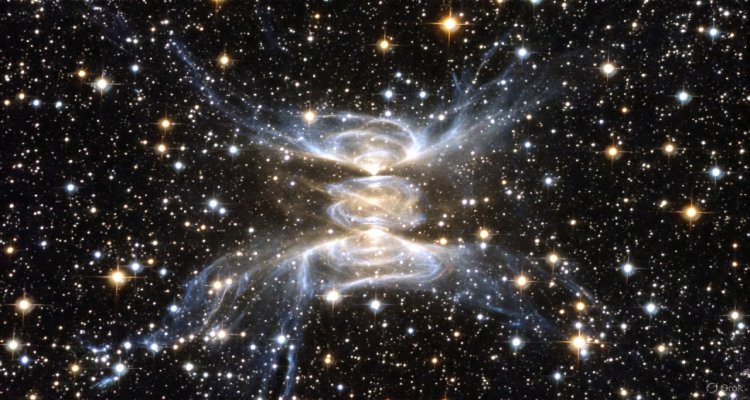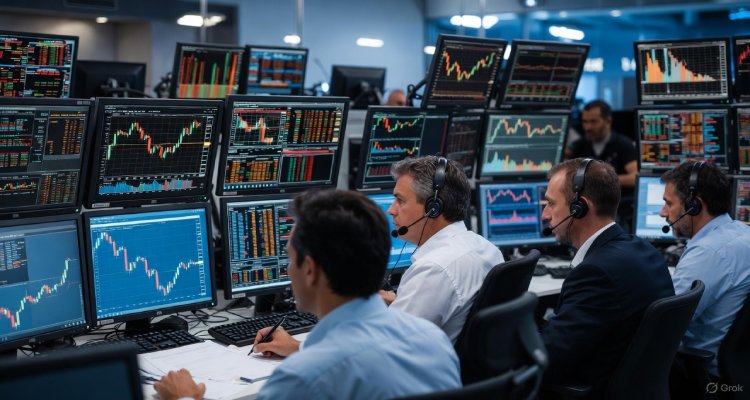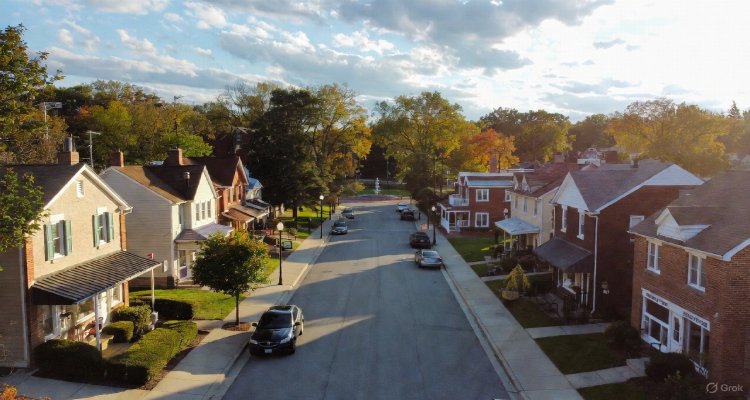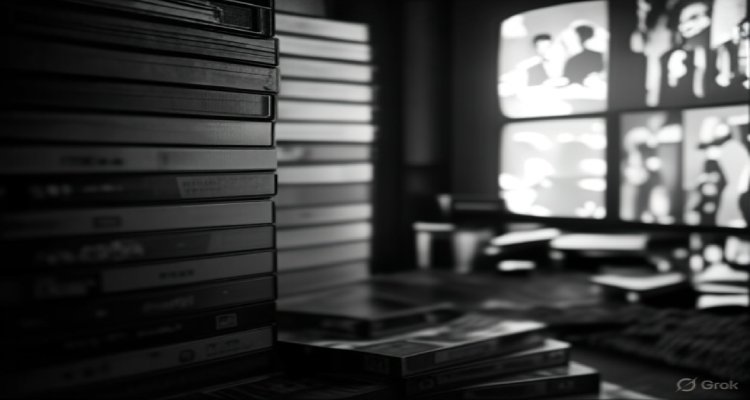Cultural Amnesia: How Streaming Erased Our Shared Past
Streaming reshaped how we watch, but at what cost? Explore how digital platforms have erased cultural memory and fragmented our shared past.
Introduction
Once upon a time, culture was a shared event. Families gathered around televisions for weekly episodes, radio broadcasts united cities, and movie releases became national conversations. Today, in the age of streaming, we still watch—but rarely together. The rise of on-demand platforms has revolutionized access while quietly erasing something far more profound: our collective memory of cultural milestones.
Context & Background
Before streaming, media consumption was synchronized. Millions tuned in at the same time to watch Seinfeld’s finale, The Sopranos’ ambiguous blackout, or the moon landing beamed live into living rooms. These shared experiences etched themselves into cultural history, creating what sociologists call “cultural touchstones.”
DVDs, VHS tapes, and cable reruns preserved much of this history. Even niche shows or forgotten films lived on in physical form. But as entertainment migrated to streaming services, the archives didn’t follow. Instead, licensing battles, disappearing catalogs, and algorithm-driven discovery fragmented once-shared pasts into private, curated timelines.
Main Developments
Streaming promised a permanent digital library, but reality looks different. Platforms rotate titles monthly, shows are pulled due to licensing costs, and original series vanish when platforms fold. What was once recorded in living-room memories now evaporates into digital black holes.
- Lost Content: HBO Max, Disney+, and Netflix have all removed shows, sometimes erasing them entirely from legal access.
- Algorithmic Forgetting: Instead of cultural consensus, algorithms now deliver individualized recommendations, narrowing our view of the cultural landscape.
- Ephemeral Fame: A streaming hit may dominate for a week—think Tiger King—only to disappear from conversation within months.
Where cultural history once built layer upon layer, today’s digital model is closer to a Snapchat story: here, then gone.
Expert Insight & Public Reaction
“Streaming services were sold to us as digital libraries, but they operate more like rotating storefronts,” explains Dr. Margaret Chen, a media historian at UCLA. “This accelerates cultural amnesia. We’re consuming more than ever but remembering less.”
Fans have noticed too. Online forums brim with frustration over beloved shows disappearing mid-binge. Memes about “the lost seasons” capture a growing unease: we may be watching more than ever, but we’re sharing less and remembering even less than that.
Impact & Implications
The erosion of shared culture has ripple effects:
- Generational Disconnect: Older generations bonded over cultural milestones like Friends or Star Wars. Future generations may lack common reference points.
- Cultural Erasure: Minority and independent creators risk losing visibility when their work is quietly removed from platforms.
- Archival Crisis: Without physical copies or long-term preservation strategies, much of today’s culture risks vanishing forever.
Looking ahead, media experts warn of a “digital dark age,” where vast swathes of content could disappear due to platform priorities and licensing law.
Conclusion
Streaming has given us unprecedented choice, but at a cost: the erosion of a shared cultural memory. Where once we gathered around the same shows and films, today’s fragmented viewing habits leave us with individualized, temporary memories. To preserve our past, we may need new solutions—digital archives, public libraries of media, or even a return to physical ownership.
The question remains: in an age of limitless access, will future generations remember what defined us—or will cultural amnesia be our legacy?
Disclaimer: This article is for informational purposes only and does not endorse or criticize any specific streaming service.

